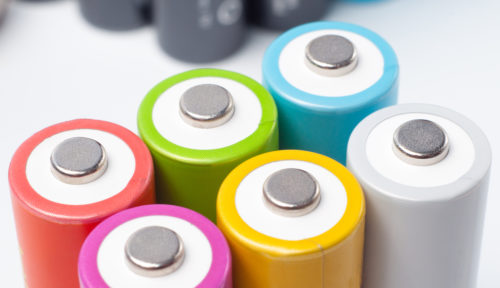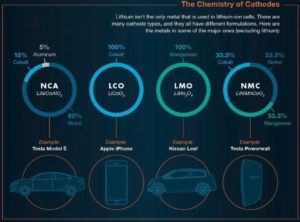

Battery needs a new charge
With innovations humming over the next bigger, better engines which make these savvy futuristic cars efficient. Limited success has come to us on the innovation of battery technologies.


Many may not be aware but the major component of the lithium-ion batteries used in electric cars such as Tesla’s is actually not lithium, but in fact it’s graphite. Strangely enough, all the focus in recent years has been on lithium when it comes to battery materials.
Another rare mention is Cobalt, the blue mineral whose is mentioned to name a colour called Cobalt blue in our day to day lives.
So if we take a closer look, a lithium-ion battery is made up of only 2% lithium in cell mass, while graphite, the anode material, takes up 33%. Lithium, cobalt, and graphite are all much smaller and less-established market. Each has a supply question which has remained unanswered.
And with every carmaker scrambling to move into electric car segment, the race will make this a material which many companies are going to fight for to get their hands on. Surging demand for rechargeable batteries has now driven up these raw materials’ prices and given rise to fears about potential cobalt and lithium scarcities that may slow the roll out of electric vehicles.
While it is true that graphite can also come “artificially” using synthetic processes i.e. in China and India, these are harmful to the environment and are being phased out globally toward extinction.
But for cobalt the price is expected to remain high due to limited supply and growing demand. It has already witnessed a staggering upswing in the price by 150 percent between September 2016 and July 2018, according to the IMF report.
Graphite prices depend on two factors – flake size and purity, and the problem has started to crop up on the supply side. Things are getting rather tricky as 75% of global graphite production comes from China, which has imposed additional export taxes and cut production. The country also plans to build a graphite stockpile equal to 80% of annual production by 2020. The US, Europe, Japan and South Korea are almost entirely dependent on imported graphite; therefore, the US and the EU have declared graphite a supply-critical mineral. This tag is also causing the spike in its price.
As very little recycling of graphite takes place, and there are currently, almost no substitutes for the material; the graphite prices have shot up by over 40% in the last 6 months.
Essentially, all of the planet’s natural LiB anode material is produced in China using harmful hydrofluoric acid. And very few companies except in US and Canada have patented graphite purification technology, which is not yet available to everyone and is costly too.
So the only option available, to general masses to somewhat bear the rising cost, is to recycle. Several companies, mostly in China, already reprocess batteries. The standard procedure requires crushing batteries, and then either melting them or dissolving them in acid. What comes out at the end is separate metals like cobalt, lithium, nickel, and manganese. In addition to using intense amounts of energy, the methods destroy what’s most valuable about battery cathodes, that is its microscopic structure that determines the performance of the battery.
So one of the biggest challenges recyclers face is finding better ways to separate the cathode material from the rest of the battery, to make the process economical, on a large scale. Many researchers have been pouring their ideas on innovating the recycling process and have taken tiny but significant steps to solve this issue come future.
1. The mandate for blending Compressed Biogas (CBG) with natural gas has come into effect…
Andhra Pradesh is striving towards greening its energy sector with quite some speed. In a…
With an objective to bolster India’s green energy goals, a Tripartite Agreement has been signed…
The Union MNRE Minister Pralhad Joshi launched the Green Hydrogen Certification Scheme of India (GHCI)…
India’s energy conglomerate Bharat Petroleum Corporation Limited (BPCL) has commissioned a 5MW green hydrogen plant…
In a historical development, the European Space Agency (ESA) has successfully launched its pioneering ‘Biomass’…